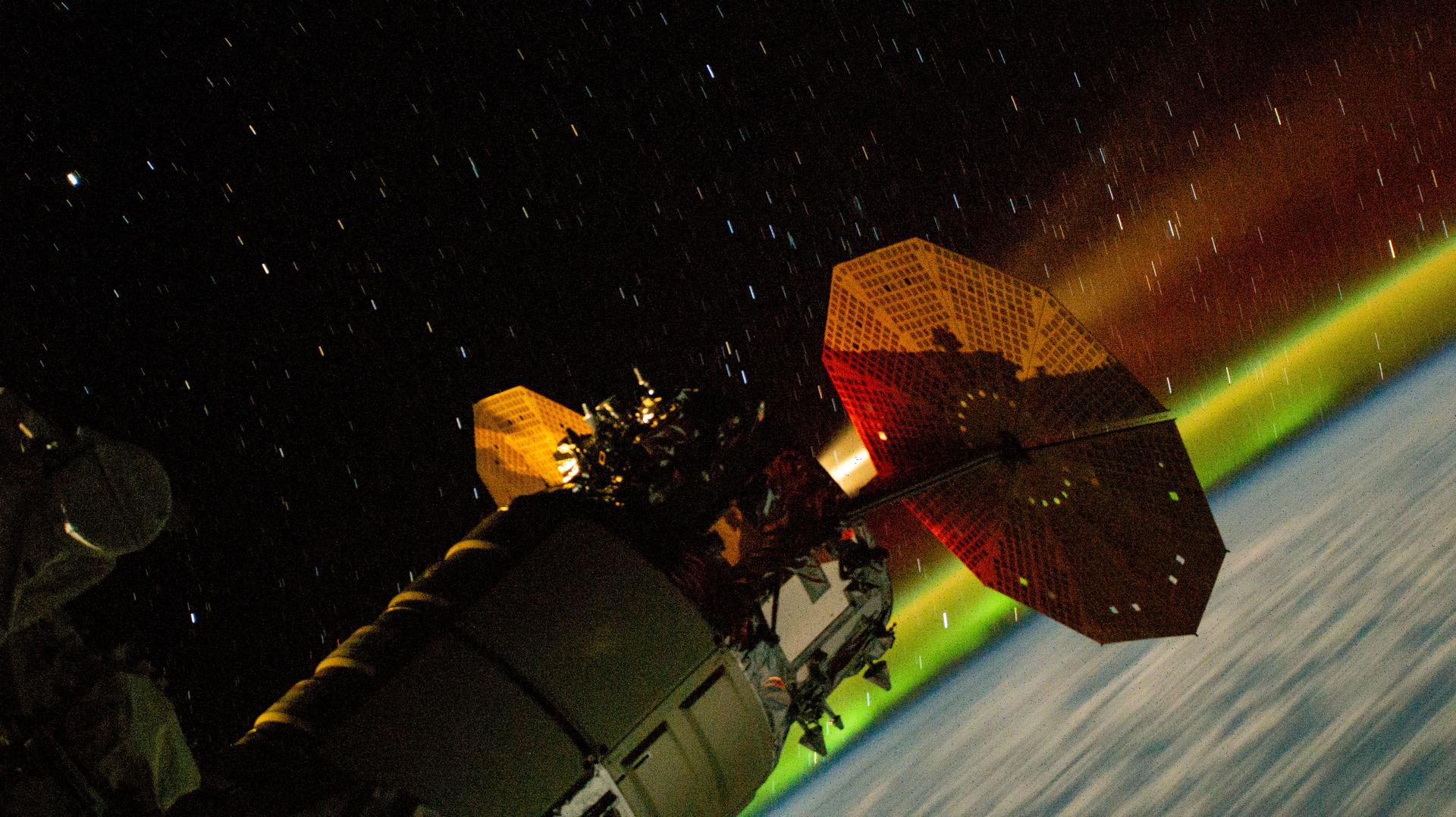Cybersecurity Threats in Space: Securing Satellites and Spacecraft
 Atharv Patil
Atharv Patil
Ever since I was a kid, I’ve been captivated by the incredible feats of fighter aircraft like the F-22 and Russian Sukhois, watching them perform stunning aerial maneuvers like the infamous Cobra. I even dreamed of becoming an aerospace engineer or a fighter pilot one day. But as life often surprises us, I ended up in cybersecurity - a field I now find equally thrilling. So, when I stumbled upon the intersection of these two passions, I knew I had to write about it. This blog explores the critical yet under-discussed topic of cybersecurity threats in space and how we can secure our satellites and spacecraft.
What is Space Cybersecurity?
Space systems like the satellites and the huge and beautifully engineered telescopes are not just a testament to human ingenuity; they are also incredibly vulnerable to cyber threats. Imagine a satellite that helps guide an aircraft, sync our financial systems, or even predict the weather - falling victim to a cyberattack. The intricate web of ground stations, communication links, and satellites presents a broad attack surface for hackers.
1. Ground Stations
Ground stations act as mission control, managing the operation of satellites and spacecraft.
Multiple Entry Points: Ground stations have numerous entry points, including employee access, software systems, and hardware connections, making them susceptible to malware, unauthorized access, or insider threats.
Global Distribution: Ground stations are dispersed globally to maintain constant communication with orbiting satellites, increasing the challenge of securing every site uniformly.
Third-Party Vendors: Ground stations often rely on third-party contractors for maintenance and software, introducing potential supply chain risks. Any weakness in vendor security could compromise the entire station.
2. Communication Links
The communication links between ground stations and satellites form another critical part of the attack surface:
Radio Frequencies: These links often rely on radio frequencies, which are susceptible to jamming, spoofing, or interception by adversaries. A hijacked communication link could lead to loss of control or manipulation of the satellite.
Unsecured Protocols: Many satellite communications are still based on older or less secure protocols, making them easier targets for interception or tampering.
Shared Networks: Commercial satellites often share network bandwidth with multiple clients, which increases the risk of cross-client contamination through vulnerable links.
3. Satellites
Satellites themselves have several points of vulnerability, including their hardware and software:
Autonomous Software: Satellites run autonomously once launched, meaning any pre-launch software vulnerabilities remain present throughout their lifespan. A single flaw could allow attackers to disrupt missions or even seize control.
Remote Access: Commands to satellites are sent from Earth, but once they are in orbit, there’s no direct physical access to fix software or hardware issues. This makes satellites uniquely vulnerable to persistent threats like malware.
Long Lifespan: Satellites often remain in operation for decades, and updating or patching their systems is incredibly difficult once they’re in space, which makes them susceptible to attacks exploiting outdated technology.
4. Spacecraft
Spacecraft, including crewed missions or space stations like the ISS, are part of this expanded surface:
Crew Safety: Any attack on a spacecraft's onboard systems could have direct, life-threatening consequences for astronauts. Systems like navigation, oxygen supply, or power management are particularly vulnerable.
Complexity of Systems: Spacecraft consist of numerous interconnected systems, including life support, navigation, communication, and payload management. The complexity of these systems broadens the potential avenues for cyberattacks.
5. Space Infrastructure
Orbital Traffic Management: With more satellites entering orbit, managing traffic in space (avoiding collisions) is increasingly reliant on automated systems, which are another target for cyberattacks.
Space Debris: A cyberattack causing a satellite to malfunction could lead to space debris generation, which in turn could endanger other satellites and spacecraft—a kind of cascading failure that’s hard to contain.
Cyber threats we often see on Earth—like malware or phishing—are amplified in space. The physical remoteness of these systems makes them harder to protect, and the impact of an attack could be devastating, not just for the systems themselves but for society at large.
Imagine a Ransomware in Orbit
Imagine a scenario where hackers take control of a satellite and demand ransom before they return control—it's like a digital hijacking in space. With ransomware becoming increasingly sophisticated, it’s not far-fetched to see these attacks extending beyond Earth’s atmosphere.
Such an attack could disrupt global communications, halt GPS services, or even interfere with national security operations. The concept of space ransomware is essentially a digital hijacking, where the stakes are not just data loss but the potential crippling of infrastructure critical to everyday life and security. This extension of ransomware beyond Earth highlights the need for robust cybersecurity measures.
Conclusion
Cybersecurity in space is no longer just a sci-fi plot—it's a critical reality. With satellites playing an increasingly vital role in global infrastructure, the stakes are high. As we look to the stars, ensuring the security of these systems should be a global priority. And who knows—perhaps one day, I'll find myself defending satellites from cyber threats, just as I once dreamed of piloting fighter jets through the clouds.
In the coming weeks, I will be launching a blog series where we will dive deeper into the vast and complex world of space cybersecurity. We’ll break down technical aspects, explore real-world case studies, and analyze potential attack vectors in space systems. From satellite vulnerabilities to space-based ransomware, I’ll cover it all, ensuring that we leave no stone unturned. So, whether you’re a space enthusiast, a cybersecurity pro, or someone curious about the intersection of these two frontiers, stay tuned as I explore this topic further.
Subscribe to my newsletter
Read articles from Atharv Patil directly inside your inbox. Subscribe to the newsletter, and don't miss out.
Written by

Atharv Patil
Atharv Patil
Encrypting my life one bit at a time from the comforts of 127.0.0.1